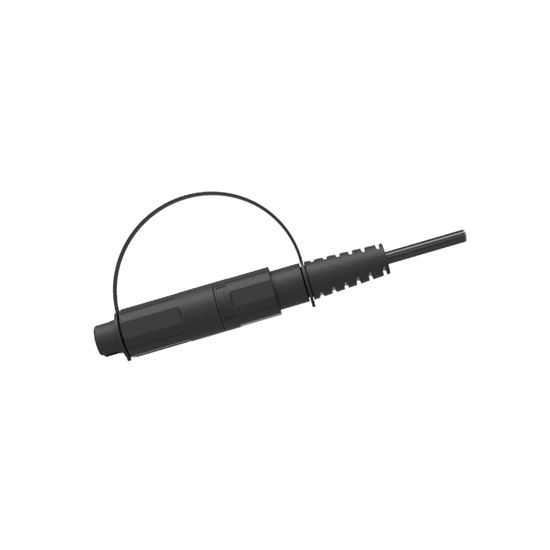Understanding the Importance of Proper Installation and Removal

Fiber optic connectors play a critical role in ensuring reliable and efficient data transmission in optical communication systems. Correctly installing and removing these connectors is essential to maintain optimal performance and prevent signal loss. In this article, we will provide you with a step-by-step guide on how to install and remove fiber optic connectors properly.
Installation of Fiber Optic Connectors
Step 1: Prepare the necessary tools and materials, including the fiber optic connector, cable stripper, fiber cleaver, and lint-free wipes. Ensure that everything is clean and in good condition.
Step 2: Strip the outer jacket of the fiber optic cable using a cable stripper, following the manufacturer's guidelines. Take care not to damage the inner fibers during this process.
Step 3: Clean the stripped fibers using lint-free wipes and a fiber cleaning solution. Make sure to remove any dust or contaminants that may affect the connection.
Step 4: Prepare the fiber connector by removing the protective caps and examining the connector for any visible damages or defects.
Step 5: Cleave the fibers using a fiber cleaver, following the manufacturer's instructions. This process ensures that the fiber ends are flat and perpendicular, allowing for proper alignment when mating the connectors.
Step 6: Carefully insert the cleaved fibers into the connector ferrules, ensuring they are aligned correctly. Follow the specific connector's instructions for the correct insertion technique.
Step 7: Secure the fiber in place by tightening any screws or locking mechanisms provided with the connector. Be cautious not to over-tighten, as it may damage the fiber or connector.
Step 8: Inspect the installed connector for any signs of misalignment or damage. If everything looks satisfactory, perform a continuity and optical power test to ensure the connection is functioning correctly.
Removal of Fiber Optic Connectors
Step 1: Put on appropriate protective gear, such as clean gloves and safety glasses, to avoid accidental injuries.
Step 2: Identify the connector type and determine the appropriate removal technique. Some connectors have release mechanisms, while others require specific tools for removal.
Step 3: Follow the instructions for releasing or removing the connector, taking care not to exert excessive force that may cause damage to the fibers, connectors, or other components.
Step 4: Once the connector is detached, inspect it for any signs of damage or contamination. Clean the connector with lint-free wipes and a fiber cleaning solution, if necessary.
Step 5: Inspect the fiber ends for any signs of damage or contamination as well. If needed, cleave the fibers again to ensure a clean and flat end face.
Step 6: Properly store the removed connector in a protective case or packaging to prevent any further damage or contamination.
Conclusion
Installing and removing fiber optic connectors correctly is crucial for maintaining optimal performance and minimizing signal loss. By following the step-by-step guide provided in this article, you can ensure reliable and efficient data transmission in your optical communication systems. Always refer to the specific connector manufacturer's instructions for the best results and consult professionals if unsure about any installation or removal procedures.



